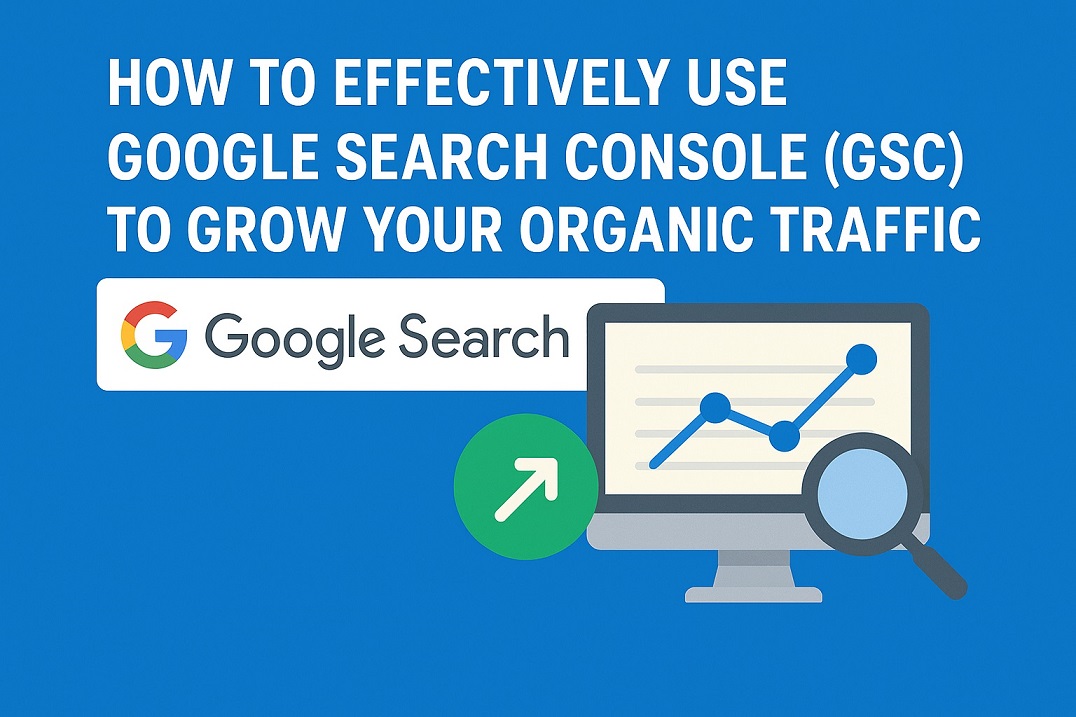How to Create and Submit a Dynamic Sitemap to Google Search Console (Full Guide 2025)
Future of Tech & Web Dev Tips
How to Create and Submit a Dynamic Sitemap to Google Search Console (Full Guide 2025)
If you want your blog or website to rank well on Google, creating and submitting a dynamic sitemap is one of the most important SEO tasks. Unlike a static sitemap, a dynamic sitemap updates automatically as you publish or modify content — keeping your site fresh in Google's eyes.
📚 Table of Contents
-
What Is a Sitemap and Why It Matters
-
Static vs Dynamic Sitemap
-
Tools and Technologies Needed
-
How to Create a Dynamic Sitemap (Laravel Example)
-
Best Practices for Sitemap Fields
-
How to Submit Sitemap to Google Search Console
-
How to Check Sitemap Status
-
FAQs on Dynamic Sitemap SEO
✅ 1. What Is a Sitemap and Why It Matters
A sitemap is an XML file that lists all the important pages of your website. It helps search engines discover, crawl, and index your content effectively.
Benefits of having a sitemap:
-
Faster indexing of new posts/pages
-
Helps Google understand site structure
-
Improves crawl efficiency
🔁 2. Static vs Dynamic Sitemap
| Feature | Static Sitemap | Dynamic Sitemap |
|---|---|---|
| Updates | Manual | Automatic |
| Content Accuracy | Outdated easily | Always up-to-date |
| Maintenance | High | Low |
| Ideal For | Small sites | Blogs, news, large sites |
🛠️ 3. Tools and Technologies Needed
-
Laravel or any PHP Framework
-
Route and Controller for sitemap
-
Blade view file for XML rendering
-
Database (for fetching blog URLs, etc.)
👨💻 4. How to Create a Dynamic Sitemap (Laravel Example)
Step 1: Create Route
Route::get('/sitemap.xml', [SitemapController::class, 'index']);
Step 2: Create Controller
use Illuminate\Support\Facades\Response;
use App\Models\Blog;
class SitemapController extends Controller {
public function index() {
$blogs = Blog::all();
return response()->view('sitemap', compact('blogs'))
->header('Content-Type', 'text/xml');
}
}
Step 3: Create Blade View (resources/views/sitemap.blade.php)
<?php echo '<?xml version="1.0" encoding="UTF-8"?>'; ?>
<urlset xmlns="http://www.sitemaps.org/schemas/sitemap/0.9">
@foreach ($blogs as $blog)
<url>
<loc>{{ url($blog->url) }}</loc>
<lastmod>{{ $blog->updated_at->toAtomString() }}</lastmod>
<changefreq>{{ $blog->updated_at->diffInDays(now()) <= 7 ? 'daily' : 'monthly' }}</changefreq>
<priority>0.8</priority>
</url>
@endforeach
</urlset>
🔍 5. Best Practices for Sitemap Fields
| Field | Description |
|---|---|
<loc> |
The full URL of your page or post |
<lastmod> |
The date the content was last modified |
<changefreq> |
How often the content is expected to change |
<priority> |
Relevance of this page compared to others (0.0-1.0) |
📤 6. How to Submit Sitemap to Google Search Console
Step-by-Step:
-
Go to Google Search Console
-
Select your verified property
-
In the left sidebar, click on "Sitemaps"
-
Under "Add a new sitemap", enter:
-
sitemap.xmlorhttps://yourdomain.com/sitemap.xml
-
-
Click Submit
✅ 7. How to Check Sitemap Status
Once submitted:
-
GSC will show the last crawl date
-
You’ll see if there are any errors or warnings
-
If new pages are missing, fix your sitemap and resubmit
❓ 8. FAQs on Dynamic Sitemap SEO
Q: How often should I update my sitemap?
A: If your sitemap is dynamic, updates are automatic when content changes.
Q: Can I have multiple sitemaps?
A: Yes, especially for large websites. You can use a sitemap index.
Q: Do images and videos need separate sitemaps?
A: If they’re important for search, yes. Use image or video sitemap extensions.
📌 Conclusion
A dynamic sitemap ensures Google always sees the latest version of your website. It’s essential for modern SEO, especially for content-heavy blogs and news sites.
Whether you're using Laravel, PHP, or WordPress, follow these steps to generate a live, auto-updating sitemap and submit it to Search Console.
Start optimizing today — and never worry about outdated pages again!




















Leave Message